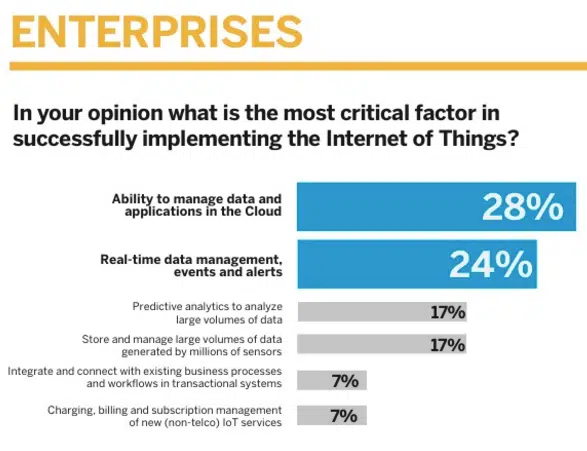
It seems like we have only just begun to enjoy the benefits provided by 4G on a broad scale before the technology leaders of the mobile industry moved on aggressively to the plans for a 5G world. Certainly at the mobile industry’s premier conference event ‘Mobile World Congress’ at Barcelona in March this year, ‘5G’ and the ‘Internet of Things’ absolutely dominated discussions at every turn, and it seems for very good reasons. We are heading for a hyper-connected world on a scale that is frankly quite hard to comprehend right now for the average consumer, and 4G won’t be able to support it.
With 5G technology, getting and staying connected will get easier, according to Aicha Evans, Intel’s Corporate Vice President and General Manager of the Communication and Devices Group. While you’ll still need a strong provider and robust network, your devices will learn to do things like sync or pair automatically. “I call 5G basically the fusion of all of the wireless technology,” said Evans. This convergence of existing networks — 2.5G, 3G, 4G, LTE or Wi-Fi — will transform the way we communicate and interact with the world.
Evans believes that by 2020, when 5G will come online globally, some 50 billion “things” will be connected. Think of self-driving cars that have capabilities to communicate with traffic lights, smart city sensor systems, clever home appliances, industrial automation systems, connected health innovations, personal drones, robots, and more. All of these things will need to connect wirelessly to the internet. “5G will make the internet of things more effective, more efficient from a spectral efficiency standpoint,” said Evans. “Each IOT device and network will use exactly and only what it needs and when it needs it, as opposed to just what’s available.”
Is that it? Certainly not. Matt Grob, Qualcomm Chief Technology Officer, has been quoted as saying, “The biggest message is 5G is a lot more than just faster. If you think of what the smartphone did to many other consumer electronic products like cameras, camcorders, voice recorders, VCRs, GPS navigation, it basically sucked them all in. 5G allows lots of different industries to join mobile….”. In other words, there is a tidal wave of innovation about to happen and we don’t even know how big it will be or where it all might come from. We just know it’s going to be big!
So how will 5G enable this hyper-connected world? With 5G of course the data rate increases (Verizon and Ericsson announced that in 5G field trials held in February 2016, Ericsson’s 5G Radio Prototypes hit more than 10 gbps peak throughput), end-to-end latency is reduced, and coverage is improved. These are all important for a hyper-connected world. Nokia though, along with other industry partners, believes that communications and control beyond 2020 will involve a combination of existing and evolving systems. This includes existing systems like LTE-Advanced and Wi-Fi, coupled with new, revolutionary technologies designed to meet new requirements, such as virtually zero latency to support tactile Internet, machine control, or augmented reality. 5G will be the set of technical components and systems needed to handle these requirements and overcome the “limits” of current systems.
It is perhaps more easy today to see use cases like augmented reality or mobile gaming utilising the enabling benefits offered by 5G, but what about ‘enterprise use cases’? Some are more obvious than others, including:

The use cases that are not obvious will be the most interesting and potentially the greatest within a 5G environment. Remember what Matt Grob, Qualcomm Chief Technology Officer, said,” 5G allows lots of different industries to join mobile”. That’s a broad statement, but the evolution on a broad scale will be in the area of the ‘Internet of Things’. One thing 5G does well is provide near zero network latency. Sensors require this if they are to be effective, and today 4G cannot provide consistently low levels of latency to service their requirements on such a scale. Perhaps the real-time, personalised advertising was first seen in the Tom Cruise film ‘Minority Report’ can finally become a reality. Regardless, with 5G in place, enterprises will want to automate more than they do today and will have an enormous opportunity to do so using sensor technology. That much is a given.
This new world of hyper connectivity for enterprises will also require effective management tools. When companies add potentially thousands of sensors to their mobile assets they will need management systems in place that control them all. Far from being unique, this is simply an extension of the ‘managed mobility’ platforms like Bluewater™ from Telestar. Already a unified platform for mobile procurement, security, assistance, expense control, and governance, ‘Bluewater’ will also serve the needs of enterprises who embrace the new 5G enabled world to drive greater control over their business, and extract key management data from the ‘Internet of Things’.